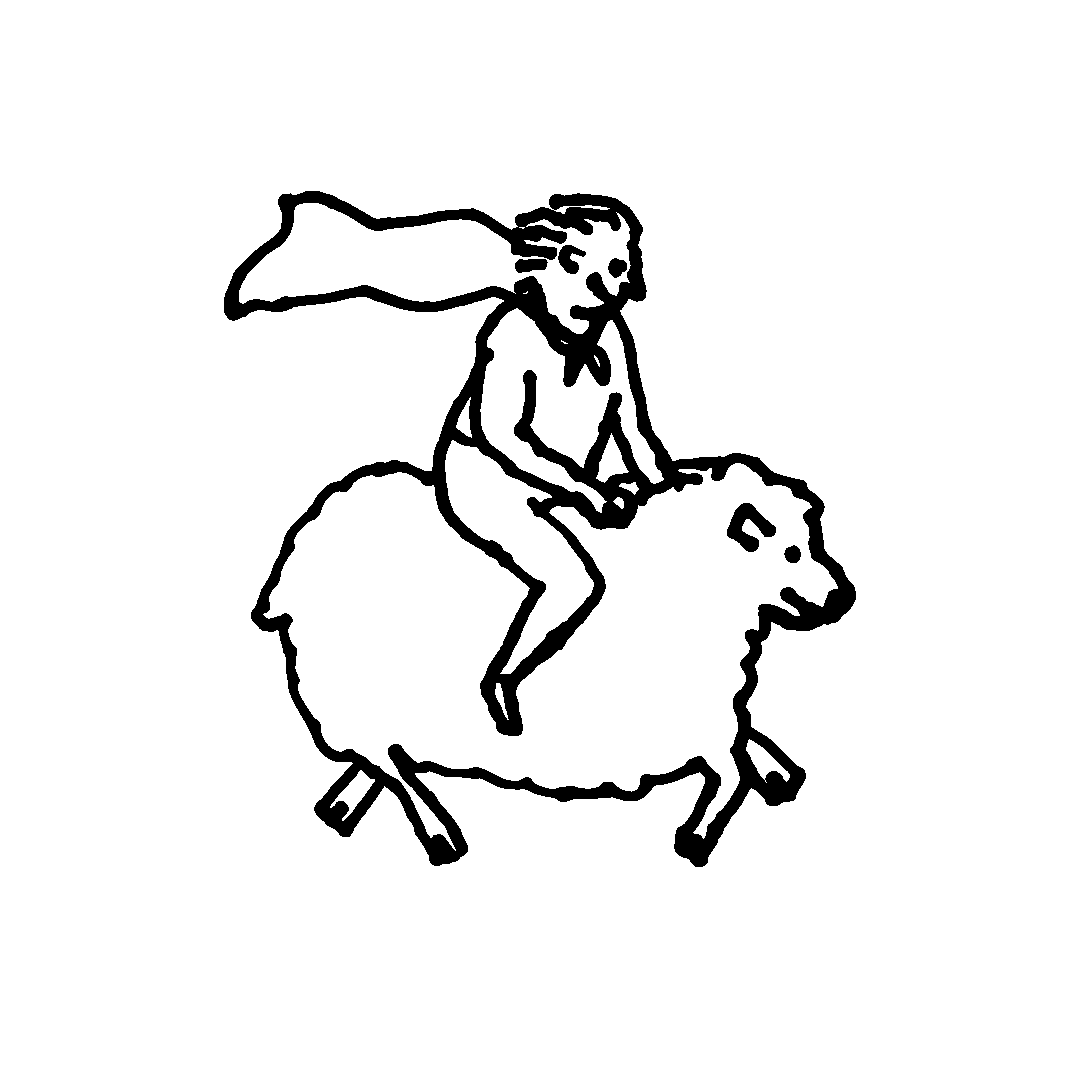Eels Included
Middlehurst station in New Zealand has been run by Willie and Susan Macdonald since 1998. Sheep and Angus X cattle roam the 16,550 hectares in the Upper Awatere Valley and the top of South Island. Their mission was to refine the Merino breed to suit tough climes, but they never thought this would include eels.
Eels are under threat because 90% of New Zealand’s original wetland area has been lost to farming, urban sprawl and horticultural development. Wetlands not only influence the hydrological cycle through water storage, but are the habitat of the Taonga species for Māori (tuna, eels, inning and whitebait species). Wetlands are also amazing for carbon capture: they can sequester up to 0.34-3.55 tonnes of CO2e/ha/yr and clean surrounding water.
Willie and Susan, with the help of their four children–Sophie, Henry, Lucy and Skye–fenced off wetland areas to stop livestock contamination, and began Riparian planting (the zone between land and water). Now wetland life is beginning to flourish once more.
Willie and Susan, with the help of their four children–Sophie, Henry, Lucy and Skye–fenced off wetland areas to stop livestock contamination, and began Riparian planting (the zone between land and water). Now wetland life is beginning to flourish once more.
The Sweetest Cacophony?
Top Of The Crops
Monitoring the carbon level in soil might not include chirping birds or adorable eels, but it is vital work. Richard and Annabelle Subtil, third generation farmers, have been watching their dirt on Omarama Sheep station for over 30 years.
A good topsoil prevents drought and increases the earth’s capacity to absorb CO2 from the atmosphere, and, like us, the Subtils are always innovating, trialling new ways to increase organic matter in the soil. They have found that planting traditional crops like Lucerne–a heritage breed of alfalfa–has increased the carbon levels and enhanced their topsoil. Lucerne is also a firm favourite with the sheep so everyone’s a winner. We are funding them so they can continue to assess and quantify change in soil carbon levels.

